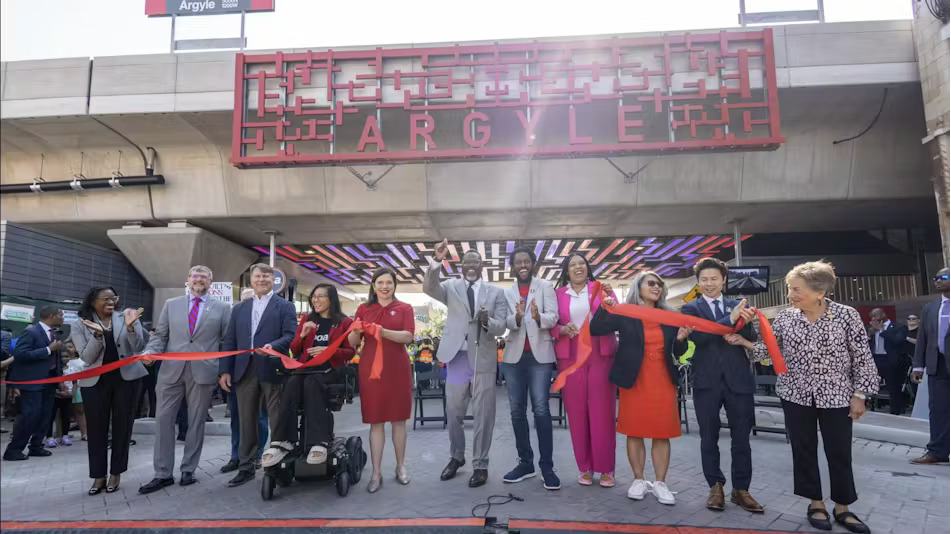Get Issuer Alerts
Add this issuer to your watchlist to get alerts about important updates.
CTA opens four completely renovated, fully accessible rail stations as part of agency’s RPM Phase One Project
View allJuly 22, 2025
News
The new, larger stations replace ones that were over 100 years old, bringing updated amenities to Chicago transit users.

Four renovated rail stations reopened July 20 along the Chicago Transit Authority’s (CTA) Red Line. The renovations to make the Lawrence, Argyle, Berwyn and Bryn Mawr stations fully accessible are part of the $2.1 billion Red and Purple Modernization (RPM) Phase One Project.
In addition to ADA compliance, including escalators, elevators and wider platforms, CTA customers will experience the following amenities at the updated stations:
- Larger stations replace the previous ones that were more than 100 years old.
- Better lighting and security features.
- Real-time information boards.
- Smoother, more reliable train service.
- Decrease in overcrowding on trains and platforms.
- A brighter, cleaner and more aesthetically pleasing pedestrian environment.
- Original artwork at each station.
CTA notes the RPM Phase One is the largest completed transit investment in agency history, and the opening of four new contiguous stations marks the first time this many stations have opened simultaneously since the Orange Line in 1993.
“It was wonderful to welcome CTA riders today to our brand new, fully accessible Red Line stations and to showcase the RPM team’s hard work to modernize and improve rail service for the people who visit, live in and work in these communities,” said CTA Acting President Nora Leerhsen. “I am grateful to the people in the neighborhoods that these stations will serve— including the residents, businesses and local elected officials that have partnered with us during construction—for their support. Now is the time to celebrate together the access and opportunity that these new, breathtaking stations will provide.”
Public space under the ‘L’ tracks
With the completion of track and station construction, CTA says it will continue with some final finishing construction work and be substantially done with RPM Phase One by the end of 2025, with the exception of upcoming development of newly created spaces under the ‘L’.
- CTA plans to develop 10 blocks of open space located under the new Red and Purple line tracks between Lawrence and Ardmore avenues based on input from the community.
- The open space design plans include a pedestrian trail, dog parks, playground, fitness area, benches and flexible-use plaza space for community events.
- Construction is expected to begin in 2026 and be completed in 2027.
The Red Line and RPM
The CTA’s Red Line is CTA’s busiest rail line, providing nearly 40 million rides in 2024. CTA is completing Phase One of the multi-phase RPM Program, which is rebuilding the 9.6-mile stretch of Red and Purple line track structure and stations on the North Side that were a century old. RPM replaces aging infrastructure; increases CTA’s capacity to increase train service as needed; and improves service for customers with more reliable, comfortable service.

